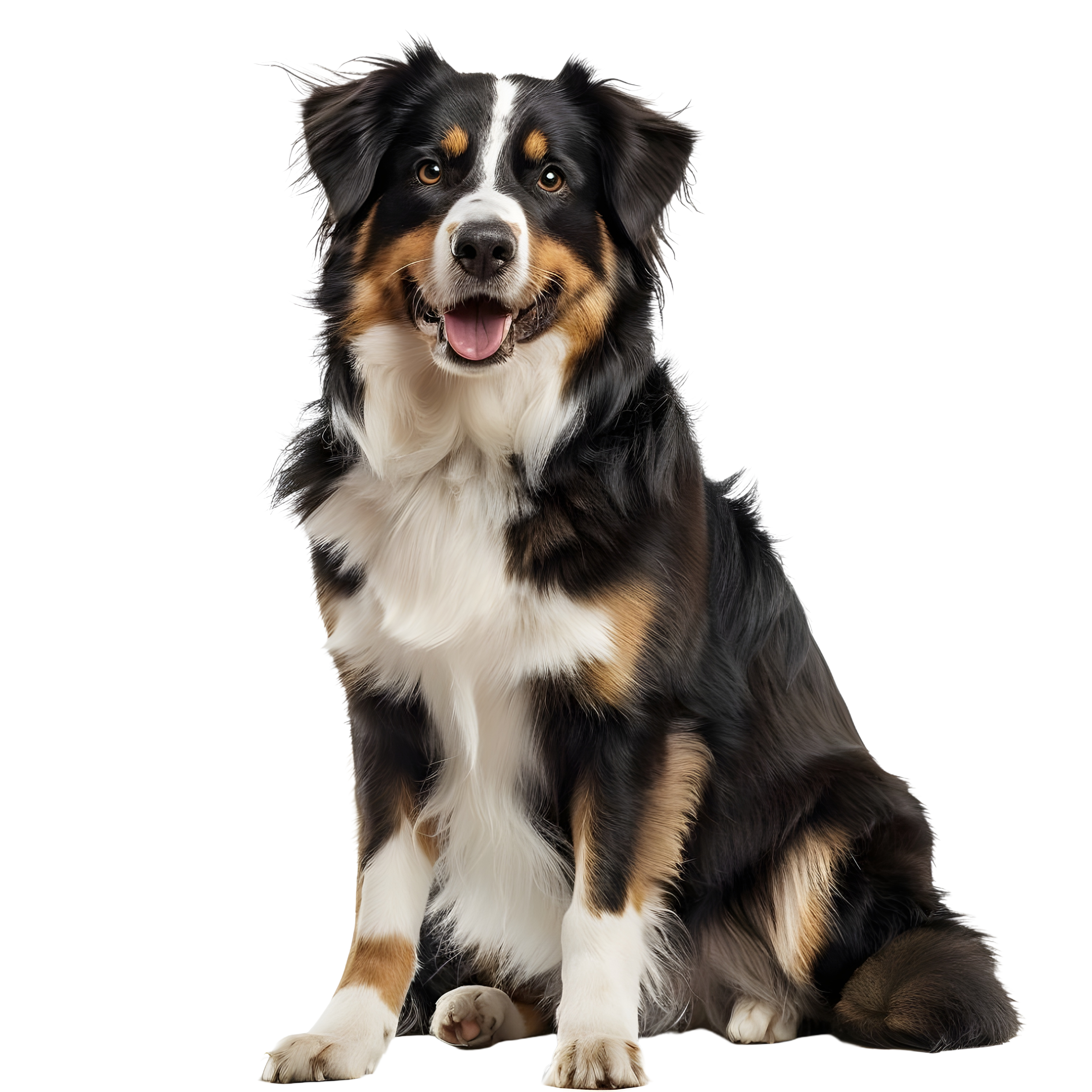Are You Feeding Your Dog the Correct Amount of Food?
Take a walk down the pet food aisle of any pet store and you'll be overwhelmed by the number of different foods available to our canine family members. There is a lot of variance among types and brands--food for puppies, food for senior dogs and a wide range for dogs in between. Once you settle on the brand/type of choice, you simply need to follow the serving guidelines on the package and you're set, right? Well, not quite. There are some factors that need to be considered before you start filling Tucker's bowl. Age and level of activity are main considerations when measuring your dog's meals. Food levels might need to be adjusted for a pregnant or nursing dog. Even environment plays a role, according to many resources such as the American Kennel Club; an outdoor dog in cold weather will burn more calories than one curled up on a warm indoor rug. Above all, you must also know your dog's ideal weight. Let's take a closer look and find out what you need to do before you ring Bella's dinner bell. 
Feeding Fido the Right Way
Okay, you're referring to the serving chart on the back of your dog's food packaging and it informs you to, say, feed a 40-pound dog 2 cups of food per day. What it may or may not say is: the dog's IDEAL weight. Forty pounds might be good for a Springer Spaniel, but it's certainly not the weight for a dachshund or a healthy adult German Shepherd. So, if your dog SHOULD weigh 40 pounds then, according to this example, 2 cups is the way to go (you might give one cup in the morning and one later in the afternoon, if desired), but again, if you happen to have an overweight Corgi who's tipping the scales at nearly 3-stone, then by no means do you want to feed the poor pup 2 cups. HE might love it...but it's going to keep him on the large--and potentially unhealthy--side. In this case, you would need to check the package to see the recommended serving for a 15-18-pound dog, which is ideal for a fox terrier, and administer the amount stated for that weight range. CanineJournal provides a helpful graphic you can reference that illustrates dog weight/sizes and how much each type of dog should be fed over a 24-hour period. Also, again, consider age and level of activity. A young, active pup will burn more calories than an older, more sedentary dog. And an older dog will typically need less food than a puppy. Knowing just what the chart on your pup's food packaging means and keeping in mind your dog's age and activity is the difference between fit and flab. 
Regular activity is one of the best ways to help keep your dog at an ideal weight. Dogs love walking, so that's one easy way to ensure consistent exercise. Make some time and get out there with your pup and walk for exercise! Found this article helpful? Share online with your friends!
Written by Harrison Howe


